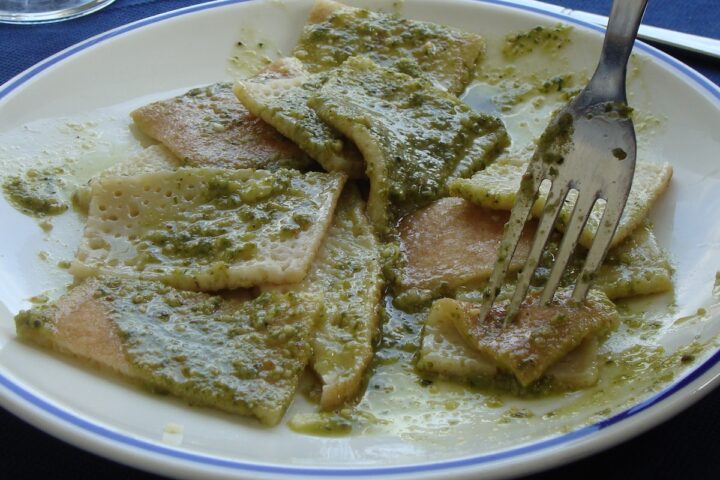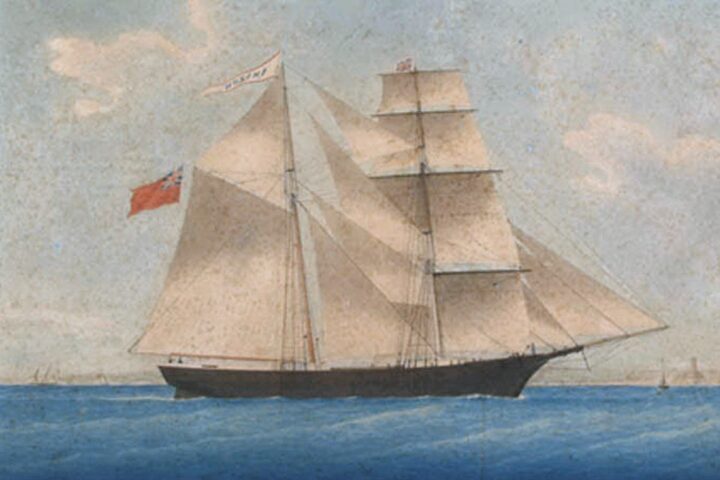Source: Wikimedia_Inuit-Kleidung_By Ansgar Walk – photo taken by Ansgar Walk, CC BY 2.5,
Introduction
The Inuit have always been known for their hardiness and resourcefulness in the Arctic environment; their attribution to stone and bone tools is almost cliché. In a lesser-known period of their history, however, they made an adoption that surprised the world: ironworking. This paper discusses the interesting story of how these indigenous people, traditionally cut off from the world, make use of a new technology and make it a part of their culture.
The Inuit and Their Traditional Way of Life
Before diving into the advent of iron working, it is critical to get an understanding of what life was like for the Inuit. For millennia, these people survived in the Arctic by learning how to eke an existence out of this unforgiving land and, in their own way, became part of the landscape. With hunting, fishing, and gathering, such times required specific tool making.
Inuit traditional tools were, of course, made from locally available material: stone, bone, ivory, and wood, with which were made knives, spears, harpoons, and all other necessary implements. The skill of the Inuit in making these tools was very high indeed, showing an intimate knowledge of the materials and their properties.
The Arrival of Europeans and the Introduction of Iron
The arrival of Europeans in the Arctic was a real turning point in the history of the Inuit. Trade, conquest, and colonization brought a wide variety of new goods, ideas, and technologies into the region. One such item is iron, a material which was previously unknown to the Inuit.
Early iron items were primarily employed as commodities for trade. The first European explorers and traders brought with them tools, weapons and other iron implements, which the Inuit found were far superior to their traditional tools. The durability, sharpness and versatility of iron were clearly borne out at the very beginning of its use.
The ingenuity of the Inuit came in adapting to this new material, by beginning to experiment with ironworking—working to discover techniques for shaping and using iron goods, which were imported—in a creative, inventive way. This was a huge cultural change because it entailed new skills and knowledge.
Most likely, Inuit ironworking was influenced by general crafting traditions of the Aboriginal people. They combined their skills of material processing, working techniques, and challenges in conjunction with working with iron. So, the Inuit emerged as blacksmiths to be experts in heating, shaping, and hardening of iron.
Challenges and Innovations
Ironworking in the Arctic must have posed its own set of peculiar challenges. Fuel, once again, was in short supply. Inuit blacksmiths would have been compelled to devise ways around that restriction. They may have found and tried to use all manner of combustibles, from driftwood to animal fat, in trying to get the heat right.
Furthermore, the harsh Arctic climate imposed extra limitations on ironworking. At extremely low temperatures, the properties of iron change, becoming more brittle and difficult to manage. Inuit blacksmiths had to amend their techniques to accommodate these changes, finding ways to minimize the effects of cold.
Integration of Iron into Inuit Culture
The Iron Age adoption was a mega revolution in Inuit culture. Iron tools replaced many of the traditional ones in use, thus improving efficiency and productivity in hunting and fishing activities. Higher productivity had related effects on other areas of Inuit life, including food production, shelter construction, and transportation.
But iron integration was not so smooth. Several researchers argue that the dependence on iron helped contribute to a loss of traditional knowledge and skills associated with stone and bone tool-making. In addition, in many cases, obtaining iron goods required trade, which in itself could disrupt both traditional economic patterns and social relationships.
The Legacy of Inuit Ironworking
Although the ironworking of the Inuit is now largely relegated to the past, its legacy lives on. If anything, it bears witness to the resilience and ingenuity of the Inuit to rise to new challenges and make elements of another culture their own. Their story emphasizes the coming together of complex interplay between tradition and innovation, and the cultural conditioning that shapes technological development.
The Legacy of Inuit Ironwork
When the Inuit started to be introduced to iron, it was not a purely technological adoption; it suddenly became the agent of certain deep cultural and social changes. At first, practical applications of iron were the most obvious, leading to a deeper influence that it had on the culture. Inuit culture, in this regard, is characterized by the fact that iron was related to Inuit spiritual beliefs, social structures, and even their artistic expressions.
Iron and Inuit Spirituality
The Inuit worldview is connected deeply with the natural world. Spiritual beliefs occurred, basically, through the veneration of animals, spirits, and natural phenomena. In introducing iron, a material foreign to their environment, the integrity of this worldview was challenged. However, being very resourceful and adaptive people, they did manage to integrate iron into their spiritual practices.
Iron objects assumed symbolic importance. Iron knives, for instance, could have been considered an extension of the spirit of the hunter and therefore brought him into close intimacy with the animal world. In this way, spiritual empowerment was possible for iron tools through rituals and sacrifices. A person like the blacksmith, endowed with transformation strength and power to shape iron, would be seen almost as a person of unusual spiritual ability.
Social Implications of Ironworking
Iron acquisition and smithing had dramatic social implications for Inuit. It was not equally available in all Inuit communities, resulting in social disparity. The distinction reflected the individual’s position or well-skilled person in ironworking.
Ironworking also promoted social innovation. Cooperative aspects of the process, from getting iron to fashioning tools, must have consolidated social ties or forged new bonds. On the other hand, competition for iron resources would have been a source of tension within and between communities.
Iron in Inuit Art
The aesthetic possibilities of iron would not escape the Inuit. Traditional Inuit art had focused on the carving and the sculpting of stone, ivory, and bone, adorned by iron, which opened new roads for creations. Evidence is scant for Inuit artistry in ironwork, but it might well be that skilled blacksmiths experimented with decorative elements in repeating, intricate patterns or shapes.
Furthermore, carvings or inlays could be made on iron tools and weapons, which would elevate such functional instruments to works of art in their own right. This, therefore, would have also created an art form that would have served practical purposes and as a means of expressing individual and cultural identity.
The Decline of Inuit Ironworking
Though Inuit ironworking had a significant impact at first, it gradually faded away. Several reasons are attributed to this decline. First, where factory-made iron products were becoming more common, the demand for handmade products was obviated. The second challenge was the depletion of most of the traditional sources of fuel for ironworking.
Additionally, through the effects of colonization and the globalization pressure on them, Inuit society was changed, with their traditional skills and knowledge further being reduced. The skill of ironworking disappeared with the increasing integration of young generations into the cash economy.
Preserving Legacy
Thus, the significance of Inuit iron-working is realized as part of their heritage, and so reclamation and revival of the tradition were necessary. Projects documenting and teaching traditional iron-working techniques have been initiated in some of the Inuit communities. Such efforts seek to reattach the people with their ancestors and bring economic development opportunities.
By preserving Inuit ironworking, we do not just acknowledge the ingenuity and resilience of these people but add to the broader knowledge of human adaptation and cultural evolution. It gives hope that even in the face of rapid change, the threads of tradition mesh with the fabric of the future.
Conclusion
Ironworking is a story of the ingenuity and adaptability of humans in a society. Starting very humbly as a kind of useful tool, ironworking by the Inuit has impressed itself into the very nature of Inuit society. Although the practice may have declined, its legacy continues to inspire and inform our understanding of these remarkable people.
The delicate, complex nuances of Inuit ironworking detail a less obvious human-technology culture-environment interface, a story that invites further research and exploration into the valuable lessons that these aspects tell of human spirit
Sources:
- https://en.wikipedia.org/wiki/Inuit
- https://www.researchgate.net/publication/337255571_Paradise_Gained_Lost_and_Regained_Pulse_Migration_and_the_Inuit_Archaeology_of_the_Quebec_Lower_North_Shore
- https://www.britannica.com/topic/Inuit-people
- https://www.academia.edu/70956108/Thule_Iron_Use_in_the_Pre_contact_Arctic















